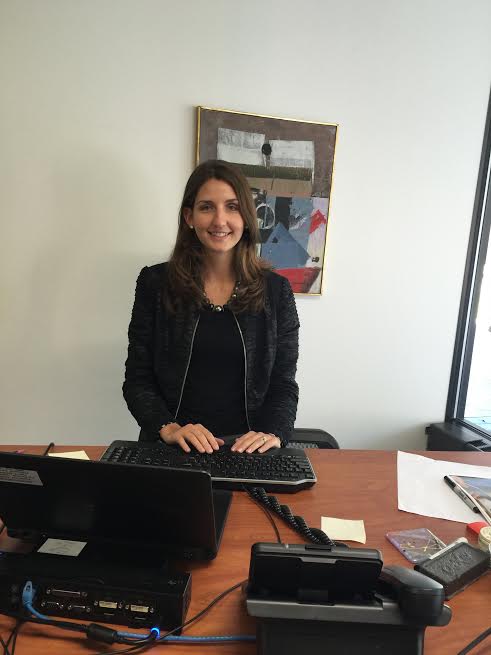For more than two months now, Bucks has had in place a new printing system that seeks to meet the need of its students and is also more environmentally friendly.
Since July 1, Bucks has instituted a printing fee. A single printed page costs $0.05 whereas a double-sided page costs $0.08. To help defray the cost, every Bucks student has been allotted $20. This allotment would allow students to cover the cost of 400 printed pages.
For those students whose funds get depleted, they would be allowed to add money to their accounts. But students would not be permitted to contribute less than two dollars and they could not add more than $10 at one time.
Knowing that this new printing policy could cause financial hardships among some students, they would be afforded the opportunity to ask for an increase in their printing quota in case it is needed.
As pointed out by Jacqueline Burger, associate professor, in an interview, “If students feel they have a need for an increase in printing quota, they could request one by going to their account in their Papercut application on any computer on campus.”
The view of students regarding this new printing system did not appear to be monolithic, although most tended to pine for the old ways of doing things.
Rebecah Katz, 23, liberal arts major, said “I think that they should go back to the previous system.”
This sentiment was echoed by Matthew Boyle, 26, anthropology major, when he stated that there is no need to change the old system.
Scott Stillwagon, undecided, Doylestown, said “I prefer the old system; I feel like I’m being restricted by the school, bottom line.”
On the other hand, James Rogers, a liberal arts major from Yardley, was not bothered too much by the new change.
“I do not mind because I feel it is a much better deal than what I used to pay when I had to print something while attending University of Scranton.” Rogers said.
Before the decision was made to adopt this current printing system, Bucks managed to quantify through data analysis the amount of papers that the average student tends to print. As a result of this meticulous analysis, Bucks was able to determine that a typical student generally prints about 400 pieces of papers.
Armed with this number, Bucks, then, gives an allotment to its students that would cover the full cost of what a typical student would print during a school year.
The need of its students and a commitment to be more eco-friendly were two important factors that Bucks took into account before adopting this new printing system.
Bulger claimed, “the new printing system is set up to accommodate the printing needs of the vast of majority of students and it also gives us the opportunity to educate students about the importance to reduce their environmental footprint when they print.”
Because environmental friendliness has been an important goal, the Papercut not only helps students keep track of the money in their account but also provides an instant measurement of their environmental footprint whenever they print a page.
Since printing failures are not uncommon, students are eligible for a refund when such errors occur. Burger outlines a few scenarios in which students could get a refund. For instance, if the printer is out of paper or toner, the students could get a refund; or if there is a misprint, the student will also get a reimbursement.
To better manage their allotment, Bulger recommends that students check out their printing summary so that they do not print unnecessary pages. She also suggested that students should keep in mind that it is more cost-effective to print double-sided pages.


